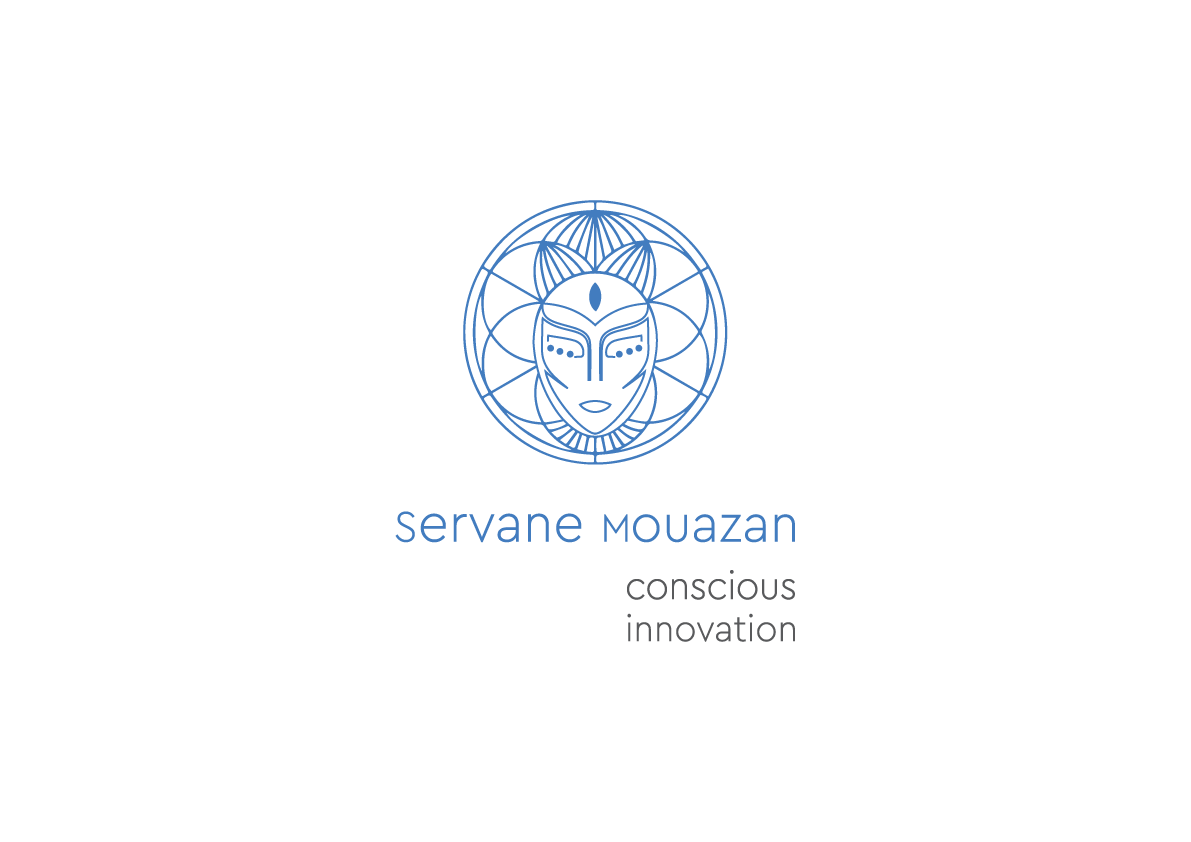Have you ever wondered what makes a lot of strategy work fail?
You can throw all the consultants of the world to advise and design some pretty strategies but internal conflicts will make everything collapse.
In the past months, I have had the privilege to work with organisations that help build dignity, connections, and hope in a better world.
As the world changes, threats to stability, peace and a positive common purpose grow day by day and organisations need to design and deploy strategies that are highly adaptive to change.
Nothing new here.
Yet this saddens me because I know that many of these needed strategies won’t see the light of day.
And it is not because of the usual reasons.
Strategy work *usually* fails because of…
- Lack of dreaming and imagining (and for some it’s not a lack of will, it’s just not psychologically or physiologically possible)
- Lack of vision and clarity
- Lack of plan, discipline, and focus
- Rigid theories
- Too many details and no systemic zoom out
- Not enough time dedicated to the work
- No buy-in (cultural or technical)
- Stakeholders aren’t involved
- A task that hasn’t been given the necessary thinking time
- A siloed way of working
- Outdated business principles
- Inadequate resources
But a crucial element is missing.
Teams’ internal conflict
You can throw all the consultants of the world to advise and design some pretty strategies but makeshift scaffoldings will not make brittle and disjointed walls artificially stand.
If nothing is done, a lack of healthy communication between peers is and will be shaking the foundations and the pillars you thought you had built for your strategy work.
When internal conflict reigns – and you still want to go through with designing a new strategy – you will sense overwhelm and stress in your team, a mounting feeling of inadequacy, disengagement, fear, mental health deterioration, and the costly collapse of your promising movement that could have helped hundreds, thousands, if not millions of people more.
“But we had meetings to talk about conflict”, I hear.
Were they really productive?
How did everyone show up?
What makes you think people felt really heard, listened to? Valued?
Did you gain insights that enabled you to build meaningful change for a second but things went back to exactly what they were before…?
What didn’t happen then?
For once it is not all about what we say, but *how* we say it, or how each and every one of us is allowed to not say something, and how we are able to relate to each other while this work is happening.
It’s about how we treat each other while we are putting conflict out there, for all to see, for all to feel.
So let’s go deeper into what that looks like… and why – although it feels uncomfortable at first – the outcome can be the most beautiful act of liberation you may feel.
The Onion Story
“Come to the table with an open mind”. 😱😬😞
Easier said than done when people around the table can no longer stand each other or are terrified to see the situation of conflict escalate. Again.
Before we get to solutions and reach that common ground everybody is talking about in conflict resolution outcomes, people’s perspectives need to be heard. It is the piece of information – not advice or blame – that needs to circulate freely and unhinged.
When you speak out on conflict, its sources, and its impact, the terrain is raw, scratched, hurting, and bruised.
So we need to remember a few things:
- People process conflict at different speeds because a current conflict wakes up old stories (connected or not).
- You can’t just build a strategy on top of misunderstanding and miscommunication. Rawness needs a bit of time to heal.
- To make healing work, people need to be heard and listened to. Truly. Radically.
- The ones who listen and the ones who think must be rid of assumptions that stop them from moving on or limit their reflection.
- Assumptions are like onions. They need peeling. The crusty dry top hasn’t much to offer you. But the juice within is the antioxidant, the source of energy. The truth. You need to look for it. It’s not obvious and that can ache, indeed.
- When untrue assumptions have been exposed and liberating thoughts have taken their place, the brain becomes a nest ripe for curiosity, attention, encouragement, engagement and appreciation.
Slow down now to speed up later
Therefore, and for all the reasons above and much more, consider starting a strategy work with a foundation meeting in a safe and respectful environment that allows for thinking without judgment or interruption.
Consider this session as an opportunity to reconnect, to learn to know each other again.
Dress up the wound with an ointment of care and compassion.
Some ideas will surface, inevitably. But listen first.
Yes, it takes courage. But we can stand tall.
———————————–
I run regular sessions at the intersection of Futures Thinking, Systems Change and The Thinking Environment. In this confidential space, we think independently and grow collective wisdom.
This is for you if you are a decision-maker, managing director or CEO in your social impact organisation.
Let me know if you want to book a space on anupcoming session or organise a series in your organisation. For more information, send me a quick request note here.




